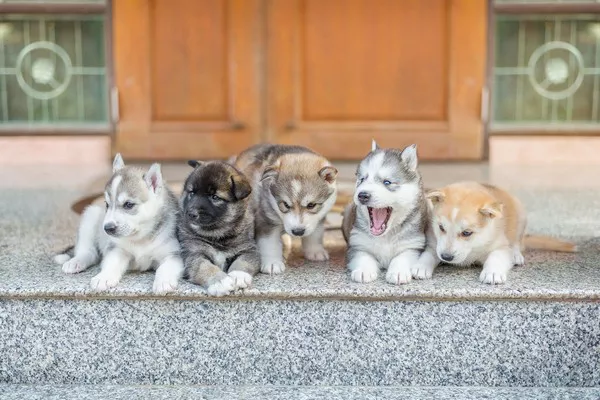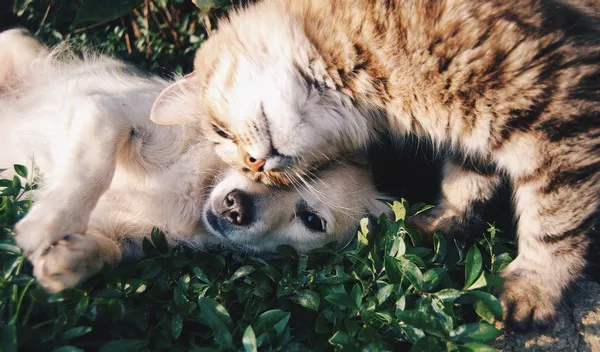The Siberian Husky is a stunning and charismatic dog breed that has captured the hearts of many dog enthusiasts worldwide. One of the most distinctive features that often captivates people is their eye color. The mesmerizing blue eyes of Siberian Huskies are iconic and contribute to their wolf-like appearance. However, a common misconception prevails that all Siberian Huskies have blue eyes. In this article, we will delve into the truth behind Siberian Huskies’ eye colors, exploring the genetics and variations that contribute to their captivating gaze.
The Prevalence of Blue Eyes in Siberian Huskies:
It is undeniable that a significant number of Siberian Huskies have striking blue eyes, which have become synonymous with the breed’s allure. The blue eye color in Siberian Huskies is indeed a standard trait, but it is essential to understand that not all Huskies possess this specific eye coloration.
The Genetics of Eye Color in Dogs:
The genetic determination of eye color in dogs is complex and fascinating. Two main genes play a crucial role in dictating eye color – the OCA2 gene and the HERC2 gene. The OCA2 gene is responsible for producing melanin, the pigment responsible for eye color, while the HERC2 gene regulates the OCA2 gene’s activity.
Blue Eye Color:
The captivating blue eyes in Siberian Huskies result from a particular genetic combination. For a Husky to have blue eyes, it must inherit two copies of the recessive gene for blue eyes – one from each parent. This genetic makeup suppresses the production of melanin in the iris, leading to the absence of pigmentation and the characteristic blue eye color.
Brown Eye Color:
Contrary to popular belief, not all Siberian Huskies have blue eyes. In fact, brown eyes are the most common eye color observed in this breed. The brown eye color is the result of a different gene combination, where the OCA2 gene is more active, leading to the production of melanin and the characteristic brown coloration.
Heterochromia and Variations:
One of the most intriguing aspects of Siberian Huskies’ eye colors is heterochromia, a condition where each eye has a different color. Heterochromia occurs due to a genetic anomaly that affects the distribution of melanin in the iris. Some Huskies may exhibit heterochromia, with one blue eye and one brown eye, making them even more unique and captivating.
Apart from heterochromia, some Siberian Huskies may also exhibit “bi-eyed” or “parti-eyed” traits. Bi-eyed Huskies have one blue eye and one brown eye, while parti-eyed Huskies have both blue and brown colors in the same eye. These variations add to the Huskies’ individuality and have become highly sought-after traits among enthusiasts.
Changes in Eye Color:
It’s crucial to note that eye color in Siberian Huskies can change during their early months of life. Puppies are typically born with blue eyes, as they have not yet developed the melanin required for their final eye color. As the puppy grows and matures, the eye color may change. Some puppies may retain their blue eyes, while others may transition to brown or even bi-colored eyes. The final eye color is usually established by the time the puppy is six to eight weeks old.
Conclusion:
In conclusion, while blue eyes are indeed a prominent and captivating trait in Siberian Huskies, not all members of the breed possess this specific eye color. The genetics behind eye color in this breed are intricate, and various gene combinations can result in different eye colors, including blue, brown, and even heterochromia. Each Siberian Husky is unique and beautiful in its own way, with varying eye colors that add to their individuality and charm.
As responsible dog enthusiasts, it is essential to embrace and celebrate the diversity of eye colors observed in Siberian Huskies. Whether blue-eyed, brown-eyed, bi-eyed, or parti-eyed, each Husky is a magnificent representation of the breed’s captivating allure and serves as a testament to their exceptional and endearing nature.
Related Topics:


























